What cause crabs. Understanding Pubic Lice: Causes, Transmission, and Prevention
How do pubic lice spread between people. What are the characteristics of the Pthiris pubis organism. Can pubic lice live on other parts of the body besides the pubic area. How long can pubic lice survive away from a human host. Are condoms effective at preventing pubic lice transmission.
The Nature of Pubic Lice: Pthiris pubis
Pubic lice, scientifically known as Pthiris pubis, are small parasitic insects that infest human body hair. These tiny creatures, commonly referred to as “crabs” due to their appearance, have distinct characteristics that set them apart from other types of lice.
Physical Characteristics of Pubic Lice
Pubic lice have a unique appearance that aids in their identification:
- Color: Yellowish-grey or tan
- Size: Adult lice are approximately 2mm in length
- Shape: Crab-like appearance with six legs
- Front legs: Notably large, resembling pincher claws
- Second and third leg pairs: Equipped with claw-like ends for gripping coarse hair
Female pubic lice are typically larger than males. These insects are specially adapted to live on the coarse hair found in the pubic region and other parts of the human body.

Life Cycle and Reproduction of Pubic Lice
Understanding the life cycle of pubic lice is crucial for effective treatment and prevention. These parasites go through several stages of development:
- Egg-laying: Female lice can lay up to 300 eggs in their lifetime
- Nit stage: Eggs are attached to hair shafts with a special glue
- Hatching: Eggs hatch after 6-10 days
- Nymph stage: Immature lice emerge and feed on blood
- Maturation: Nymphs develop into adults within 2-3 weeks
- Adult stage: Fully grown lice capable of reproduction
Adult pubic lice typically live for one to three months. During this time, they feed on human blood and reproduce, perpetuating the infestation if left untreated.
Preferred Habitats of Pubic Lice
While their name suggests a preference for the pubic region, these lice can actually inhabit various parts of the body. Where can pubic lice be found on the human body? Pubic lice primarily infest areas with coarse hair, including:
- Pubic hair
- Anal area
- Underarms
- Chest hair
- Abdominal hair
- Facial hair (beard and mustache)
- Eyebrows (rarely)
- Eyelashes (in extreme cases)
Notably, pubic lice do not infest scalp hair, as it is too fine and soft for them to grip effectively. This distinguishes them from head lice, which are a different species adapted to living on scalp hair.

Transmission Pathways of Pubic Lice
Contrary to popular belief, pubic lice infestation is not necessarily a result of poor hygiene. These parasites can infest even the cleanest individuals through various modes of transmission.
Primary Mode of Transmission
The most common way pubic lice spread is through close physical contact with an infested person. This often occurs during sexual encounters, but can also happen through non-sexual close contact. How exactly do pubic lice transfer from one person to another? The lice crawl from the hair of an infested person to the hair of a new host. It’s important to note that these insects cannot fly or jump.
Sexual Transmission
Sexual contact is a primary route for pubic lice transmission. This includes:
- Vaginal intercourse
- Anal intercourse
- Oral sex
- Close body-to-body contact during intimate activities
It’s crucial to understand that condoms and other barrier methods of contraception do not prevent the transmission of pubic lice, as these parasites live on the hair rather than on the genitals themselves.

Non-Sexual Transmission
While less common, pubic lice can also spread through non-sexual means:
- Hugging or close physical contact with an infested person
- Sharing bed linens or clothing with an infested individual
- Using towels that have been used by someone with pubic lice
It’s worth noting that transmission through shared objects is relatively rare, as pubic lice cannot survive long away from a human host.
Survival of Pubic Lice Off the Human Body
A common question regarding pubic lice is how long they can survive away from their human host. Pubic lice are highly dependent on human blood for survival and cannot live long without it. How long can pubic lice survive off the human body? Typically, pubic lice can only survive for up to 24 hours when not on a human host.
This limited survival time off the body makes transmission through shared objects less likely, but not impossible. The lice’s inability to survive long without a host also explains why they rarely leave the human body except to move to another person.

Myths and Misconceptions About Pubic Lice Transmission
Several myths persist about how pubic lice are transmitted. It’s important to dispel these misconceptions to promote better understanding and prevention of infestations.
Myth: Pubic Lice Can Be Caught From Toilet Seats
This is a common misconception. Can pubic lice be transmitted through toilet seats? The transmission of pubic lice through toilet seats is extremely unlikely for several reasons:
- Pubic lice cannot survive long away from the human body
- Their feet are not adapted to walk on smooth surfaces like toilet seats
- They require the warmth of the human body to thrive
Myth: Only People with Poor Hygiene Get Pubic Lice
This is false. Pubic lice infestations are not related to personal cleanliness. Even individuals with excellent hygiene can contract pubic lice through close contact with an infested person.
Myth: Pubic Lice Can Jump or Fly from Person to Person
Pubic lice cannot jump or fly. They can only crawl from one hair to another during close physical contact.
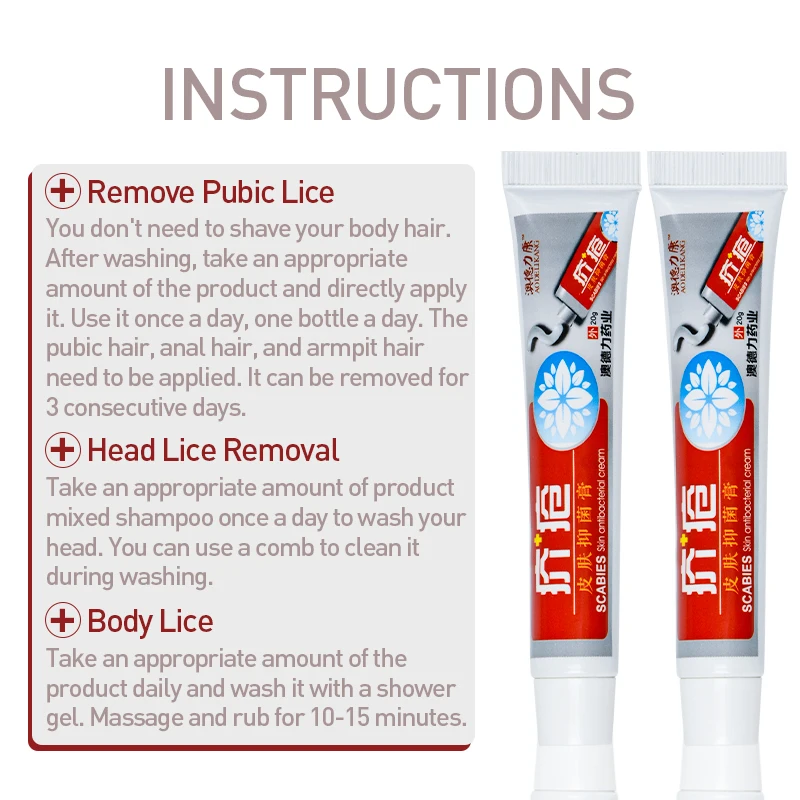
Prevention Strategies for Pubic Lice Infestation
While pubic lice infestations are treatable, prevention is always preferable. Here are some strategies to reduce the risk of contracting pubic lice:
- Avoid sharing personal items like towels, clothing, or bedding with others
- Practice safe sex and limit the number of sexual partners
- Inspect intimate partners for signs of pubic lice before engaging in sexual activity
- Wash and dry clothing and bedding at high temperatures if infestation is suspected
- Avoid close body contact with individuals known to have a pubic lice infestation
It’s important to remember that while these measures can reduce risk, they cannot eliminate it entirely. Regular self-checks and prompt treatment if infestation occurs are crucial for managing pubic lice.
Pubic Lice in Relation to Other Sexually Transmitted Infections
While pubic lice are often associated with sexual activity, they are not classified as a sexually transmitted infection (STI) in the traditional sense. However, their presence can be an indicator of potential exposure to other STIs.
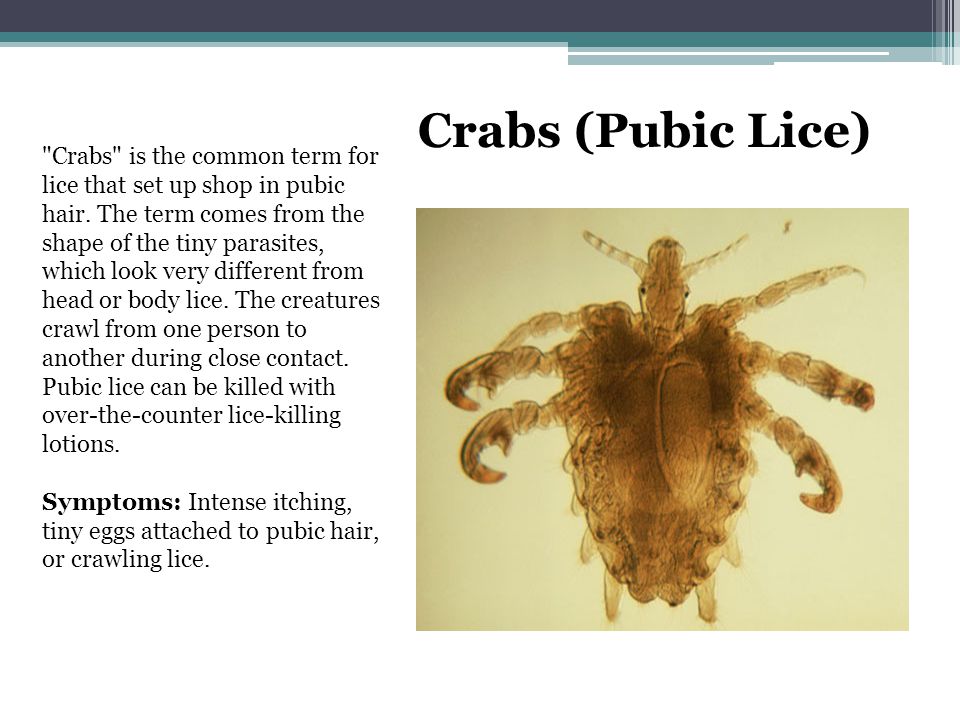
Is there a connection between pubic lice and other STIs? While pubic lice themselves do not cause other infections, their presence may suggest a higher risk of exposure to other sexually transmitted infections. This is because the conditions that facilitate pubic lice transmission (close intimate contact) are also conducive to the spread of other STIs.
Therefore, individuals diagnosed with pubic lice are often advised to undergo testing for other STIs as a precautionary measure. This approach helps ensure comprehensive sexual health and allows for early detection and treatment of any potential infections.
Global Prevalence and Demographics of Pubic Lice Infestations
Pubic lice infestations occur worldwide and affect people of all socioeconomic backgrounds. However, certain demographic groups may be at higher risk due to behavioral factors.
What are the demographics most affected by pubic lice infestations? While pubic lice can affect anyone, regardless of age, gender, or socioeconomic status, some groups show higher prevalence:
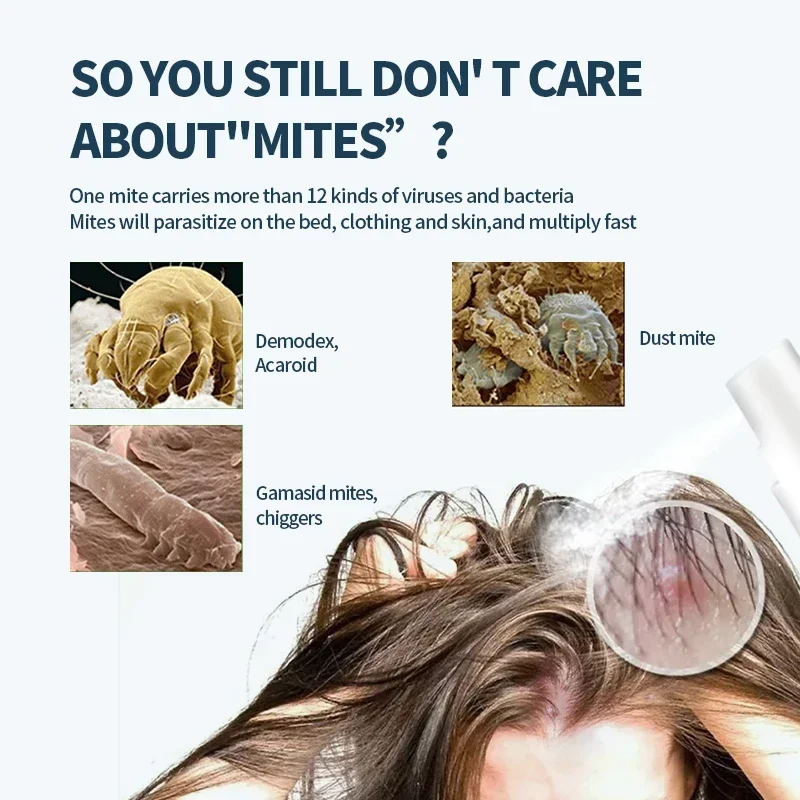
- Young adults and teenagers: Due to higher rates of sexual activity and potentially multiple partners
- Men who have sex with men: Higher rates have been observed in this demographic, possibly due to behavioral factors
- Individuals with multiple sexual partners: Increased exposure increases the risk of infestation
It’s important to note that these trends do not imply that these groups are the only ones at risk. Anyone engaging in close physical contact with an infested individual can contract pubic lice.
The Impact of Modern Grooming Practices on Pubic Lice Prevalence
In recent years, some researchers have suggested that changes in personal grooming habits may be affecting the prevalence of pubic lice infestations. Specifically, the trend towards removal or extensive trimming of pubic hair has been hypothesized to impact pubic lice populations.
How do modern grooming practices affect pubic lice infestations? The removal of pubic hair potentially reduces the habitat available for pubic lice, which could lead to a decrease in infestations. However, it’s important to note that:

- Pubic lice can still infest other body hair if pubic hair is removed
- Grooming practices vary widely among individuals and cultures
- No definitive studies have conclusively proven a direct link between increased pubic hair removal and decreased pubic lice prevalence
While grooming practices may have some impact, they should not be relied upon as a primary prevention method. Safe sex practices and avoiding close contact with infested individuals remain the most effective ways to prevent pubic lice infestations.
Diagnostic Challenges and Treatment Options for Pubic Lice
Diagnosing and treating pubic lice infestations presents unique challenges due to the nature of the parasite and its preferred habitat. Understanding these challenges is crucial for effective management of infestations.
Diagnostic Challenges
What makes diagnosing pubic lice infestations challenging? Several factors can complicate the diagnosis of pubic lice:
- Small size of the lice, making them difficult to spot without close inspection
- Similarity of symptoms to other skin conditions or allergic reactions
- Potential embarrassment of patients, leading to delayed seeking of medical attention
- Infestation of less commonly examined areas like eyebrows or eyelashes
Healthcare providers typically diagnose pubic lice through visual inspection, sometimes using a magnifying glass to identify the lice or their eggs attached to hair shafts.
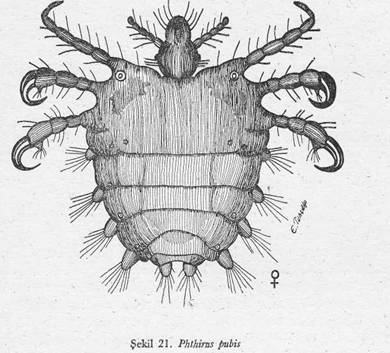
Treatment Options
Once diagnosed, pubic lice infestations are typically treated with topical insecticides. Common treatment options include:
- Over-the-counter permethrin creams
- Prescription medications like malathion or ivermectin
- Manual removal of lice and nits with special combs
Treatment usually involves applying the medication to all body hair below the neck and repeating the application after 7-9 days to ensure all hatching nymphs are eliminated. It’s also crucial to wash all clothing, bedding, and towels used by the infested person in hot water to prevent reinfestation.
While these treatments are generally effective, thorough application and follow-up are essential for complete eradication of the infestation. Partners of infested individuals should also be treated simultaneously to prevent reinfection.
The Psychological Impact of Pubic Lice Infestations
While pubic lice infestations are physically treatable, they can have significant psychological impacts on affected individuals. Understanding these effects is important for comprehensive care and support.

How do pubic lice infestations affect mental health? The psychological impacts of pubic lice infestations can include:
- Embarrassment and shame due to the stigma associated with the condition
- Anxiety about potential transmission to partners or recurrence of the infestation
- Stress related to the treatment process and necessary lifestyle changes
- Negative impact on self-esteem and body image
- Strain on intimate relationships due to fear of transmission or feelings of uncleanliness
Healthcare providers should be aware of these potential psychological effects and be prepared to offer support or referrals to mental health services if needed. Education about the nature of pubic lice infestations, emphasizing that they are not related to personal hygiene and are easily treatable, can help alleviate some of the psychological burden on affected individuals.
Moreover, public health education efforts should aim to reduce the stigma associated with pubic lice infestations, promoting understanding and encouraging individuals to seek prompt treatment without shame or embarrassment.

Causes of crabs (pubic lice)
- Download PDF Copy
By Dr. Ananya Mandal, MDReviewed by April Cashin-Garbutt, MA (Editor)
Crabs or pubic lice, contrary to common belief, are not caused by only poor personal hygiene. They may be transmitted to a healthy and clean person through close contact with an infected person. The lice crawl from the hair of one person to the hair of another person. These lice are unable to fly or jump. 1-7
Causative organism and its life cycle
Pubic lice called Pthiris pubis are different from head louse. Adults are yellowish grey or tan and appear like crabs.
Pubic lice have six legs front legs are very large and look like the pincher claws of a crab. Their second and third pairs of legs have claw like ends that helps them hold on to the coarse hairs tightly.
The adult louse is around 2mm in length. Females are usually larger than males. The lice live for one to three months. The female louse in their lifetime may lay up to 300 eggs.
The lice live for one to three months. The female louse in their lifetime may lay up to 300 eggs.
The female lays the eggs and attaches them with specially secreted glue or cementing material to the base of the hairs. The eggs appear whitish grey and are smaller than a pin head. The eggs hatch after 6 to 10 days.
The eggs develop into nymphs. These are immature lice that hatch from the nits. A nymph looks like an adult pubic louse but it is smaller. These take around two to three weeks to mature into adults. To live, a nymph must feed on human blood. They grow to adulthood within two to three weeks and may start their own reproductive cycle.
The pubic louse feeds on human blood. When not on a human body, pubic lice can live for up to 24 hours. They rarely leave the human body except for moving onto another person. These lice live on thick coarse hairs like the pubic hair.
These lice may also live on other body hair like those around the anus, underarms, beard, moustache, chest, abdomen, and, rarely eyebrows and even eyelashes.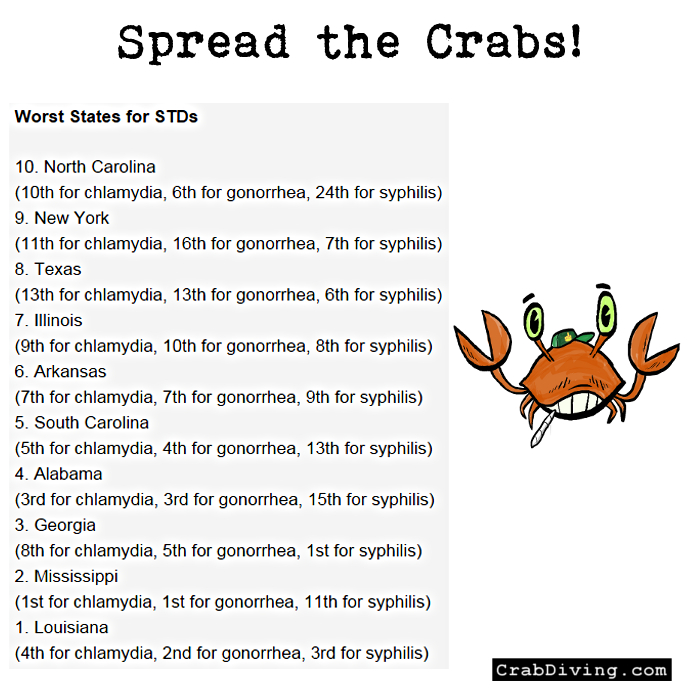
They are never found on hair over the scalp since this hair is thinner, softer and finer in comparison to body hair. Pubic lice are different from head lice (called Pediculus humanus capitis). Pubic lice do not live on other animals.
Mode of transmission of the pubic lice
Pubic lice are most commonly passed on through close contact with an infected person. This may be sexual contact as well. Unprotected vaginal, oral or anal sex may transmit the infection from an affected person.
Condoms and other barrier contraception cannot prevent transmission of the lice since these live on the pubic hairs.
Kissing a person whose beard is infested with the lice or hugging them may also spread the lice from person to person. Both men and women can catch them and transmit these lice.
Although rare, pubic lice may also spread by sharing bed linen, clothing, towels, toilet seats etc. with an infected person. This mode of transmission is rare since the lice seldom leave the human they are primarily living to live on an inanimate object like clothing for even and short period of time.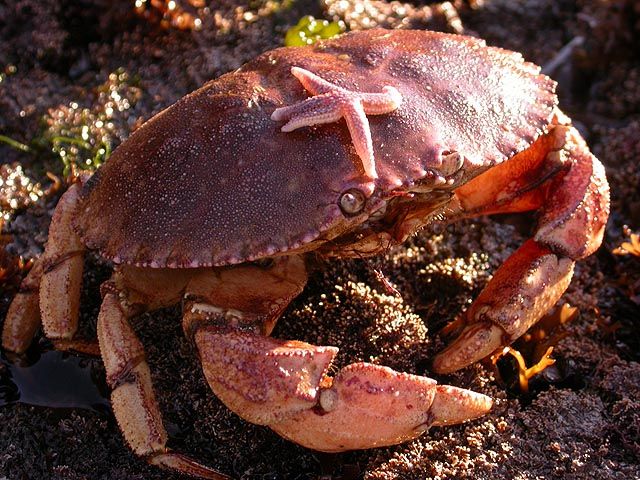
Spread through a shared toilet seat is also extremely rare since the lice cannot live long away from a warm human body and their feet are unable to walk on smooth surfaces such as toilet seats.
Sources
- http://www.nhs.uk/Conditions/pubic-lice/Pages/Causes.aspx
- https://www.bbc.com/
- http://www.patient.co.uk/health/Pubic-Lice.htm
- http://www.cdc.gov/lice/pubic/factsheet.html
- www.brown.edu/Student_Services/Health_Services/docs/Pubic_Lice.pdf
- https://www.unh.edu/
- https://www.tn.gov/
Further Reading
- All Pubic Lice Content
- Crabs – What are crabs (pubic lice)?
- Symptoms of crabs (pubic lice)
- Diagnosis of crabs (pubic lice)
- Treatment of crabs (pubic lice)
Last Updated: May 29, 2023
- Download PDF Copy
Please use one of the following formats to cite this article in your essay, paper or report:
APA
Mandal, Ananya.
 (2023, May 29). Causes of crabs (pubic lice). News-Medical. Retrieved on June 17, 2023 from https://www.news-medical.net/health/Causes-of-crabs-(pubic-lice).aspx.
(2023, May 29). Causes of crabs (pubic lice). News-Medical. Retrieved on June 17, 2023 from https://www.news-medical.net/health/Causes-of-crabs-(pubic-lice).aspx.MLA
Mandal, Ananya. “Causes of crabs (pubic lice)”. News-Medical. 17 June 2023. <https://www.news-medical.net/health/Causes-of-crabs-(pubic-lice).aspx>.
Chicago
Mandal, Ananya. “Causes of crabs (pubic lice)”. News-Medical. https://www.news-medical.net/health/Causes-of-crabs-(pubic-lice).aspx. (accessed June 17, 2023).
Harvard
Mandal, Ananya. 2023. Causes of crabs (pubic lice). News-Medical, viewed 17 June 2023, https://www.news-medical.net/health/Causes-of-crabs-(pubic-lice).aspx.
Pubic Lice (Crabs) (for Teens)
What Are Pubic Lice (Crabs)?
Pubic lice are tiny insects (about the size of a pinhead).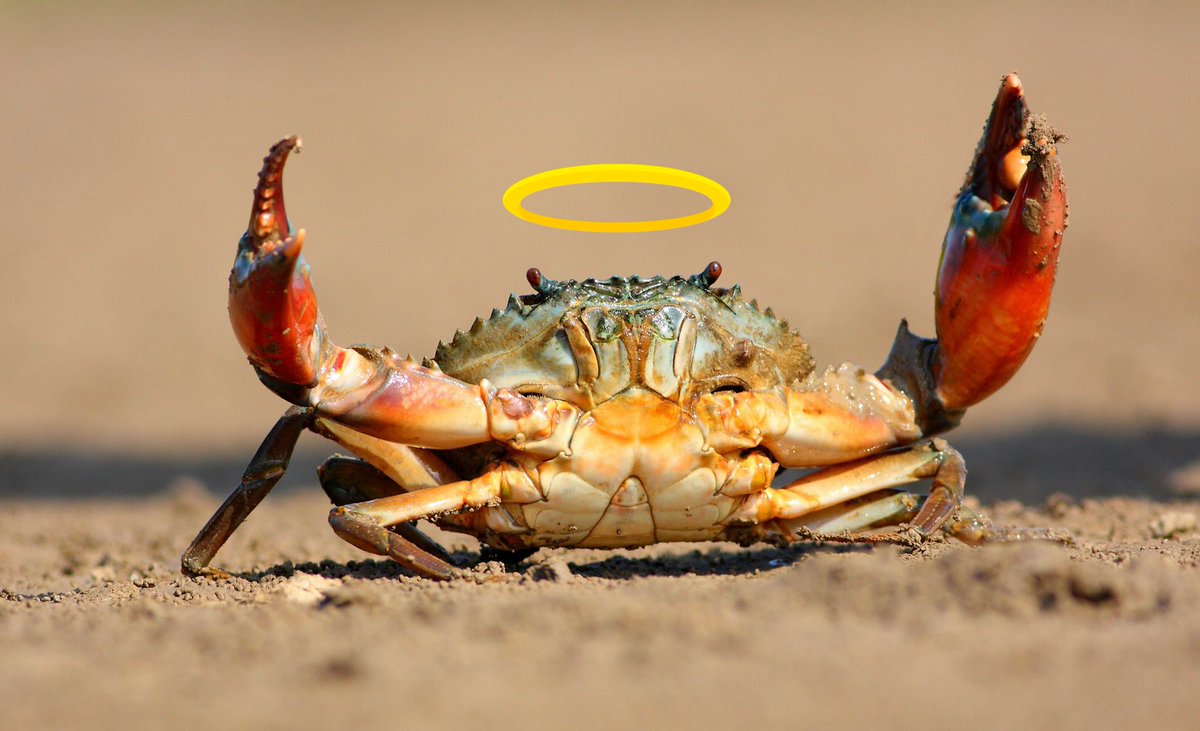 They usually live in hair in the pubic area (the area near the genitals). They also can live in the eyelashes, eyebrows, beard, armpit, and other body hair.
They usually live in hair in the pubic area (the area near the genitals). They also can live in the eyelashes, eyebrows, beard, armpit, and other body hair.
Pubic lice usually spread through sex. Less often, pubic lice is spread by touching infested clothing, towels, and bedding.
Pubic lice are also called “crabs” because of the tiny claws they use to cling to hair.
What Are the Signs & Symptoms of Pubic Lice?
Pubic lice usually cause itchiness. This can get worse at night when the lice become active.
Sometimes, lice bites can lead to skin redness and irritation. Lice in the eyelashes or eyebrows can cause eye itchiness and redness.
How Do People Get Pubic Lice?
Most people with pubic lice got them through sex or close sexual contact.
Less often, someone can get pubic lice from sharing clothes, sheets, or towels with someone who has pubic lice.
Lice can’t jump from person to person. It is very unlikely that someone would get pubic lice from a toilet seat.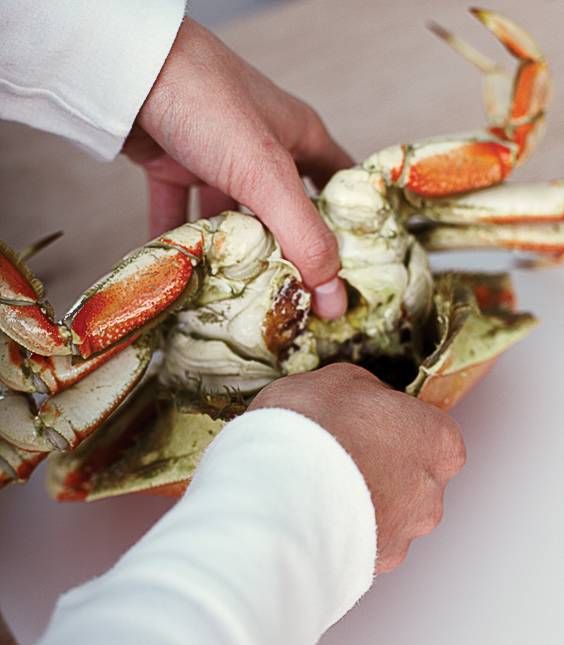 Lice can’t live away from a warm body for long and they do not have feet that could hang on to a toilet seat.
Lice can’t live away from a warm body for long and they do not have feet that could hang on to a toilet seat.
How Are Pubic Lice Diagnosed?
A health care provider usually diagnoses pubic lice by looking at the insect or nits (the small white egg that clings to hair). If needed, the insect can be sent to a lab for identification.
Anyone diagnosed with pubic lice needs to tell:
- recent sex partners
- people who have shared bed sheets, clothes, or towels
They should check for pubic lice and get treated, if needed.
How Are Pubic Lice Treated?
Pubic lice are treated with medicine to kill the lice. It may be a cream, lotion, or shampoo. Some are available at drugstores without a prescription. Any nits in the pubic hair need to be removed. Some people use their fingers or a comb to remove them, while others shave their pubic hair. Shaving does not get rid of pubic lice, though. The person also needs to use the medicine.
Most treatments for pubic lice need to be used more than once. So it’s very important to follow the directions included with the medicine.
So it’s very important to follow the directions included with the medicine.
All clothes, towels, and sheets used by the person with pubic lice must be:
- washed in hot water and dried in a hot drier or dry cleaned
or - put in a sealed plastic bag for 2 weeks
Can Pubic Lice Be Prevented?
Because pubic lice usually spread during sex, not having sex is the best way to avoid them. Condoms do not protect someone from pubic lice because the lice live outside of the area that condoms cover. Shaving pubic hair does not always prevent pubic lice.
Not sharing clothing, bedding, or towels also can help lower the risk of getting pubic lice.
What Else Should I Know?
If you are diagnosed with pubic lice, it is important to go to the doctor and get checked for other STDs (sexually transmitted diseases).
The best way to completely prevent STDs is to not have sex (vaginal, oral, anal). If you do decide to have sex, use a latex condom every time.
Reviewed by: Amy W. Anzilotti, MD
Date reviewed: January 2022
description, features, recipes and useful properties
Crabs (lat. Brachyra) are short-tailed crayfish, the appearance of which is characterized by strongly bulging eyes, a cephalothorax protected by a strong shell, and five pairs of limbs. Crabs live in all the seas of the planet, they are also found in fresh waters. Crab meat is a delicacy. The word “crab” was borrowed by Russian from Western European (Dutch krab, English crab, German krabbe). In German, the word “Krabbe” is consonant with the verb “krabbeln” – “swarming, floundering.”
History of appearance
Crabs are ancient inhabitants of our planet. They appeared on Earth more than 180 million years ago and settled in the seas throughout its territory. People have used crab meat since ancient times. In Chinese written sources, there is evidence that the first crabs caught near the Yangtze River were eaten several thousand years ago. In England, books with recipes for dishes from this product dated back to the 17th century were found. Crabs are not only harvested in the wild, but also bred artificially. The first crab farms in Russia appeared in the Barents Sea in the middle of the 20th century. Currently, crab meat dishes can be enjoyed in many catering establishments.
In England, books with recipes for dishes from this product dated back to the 17th century were found. Crabs are not only harvested in the wild, but also bred artificially. The first crab farms in Russia appeared in the Barents Sea in the middle of the 20th century. Currently, crab meat dishes can be enjoyed in many catering establishments.
Benefits and harms
Crab meat can be considered a dietary product. It does not harm the figure, does not increase blood sugar levels. Meat is rich in protein and iodine. The product also contains vitamins of group B, vitamins A, C and PP, macro- and microelements such as magnesium, calcium, potassium, sodium, phosphorus and iron. Eating crab meat strengthens the nervous, musculoskeletal and cardiovascular systems, and contributes to the normal functioning of the thyroid gland. When introducing crab meat into the diet, one should be careful and observe the measure: the product can cause allergic reactions. Fishing for crabs in polluted waters and improper harvesting of crabs can make the meat toxic, so you should only purchase the product from trusted manufacturers.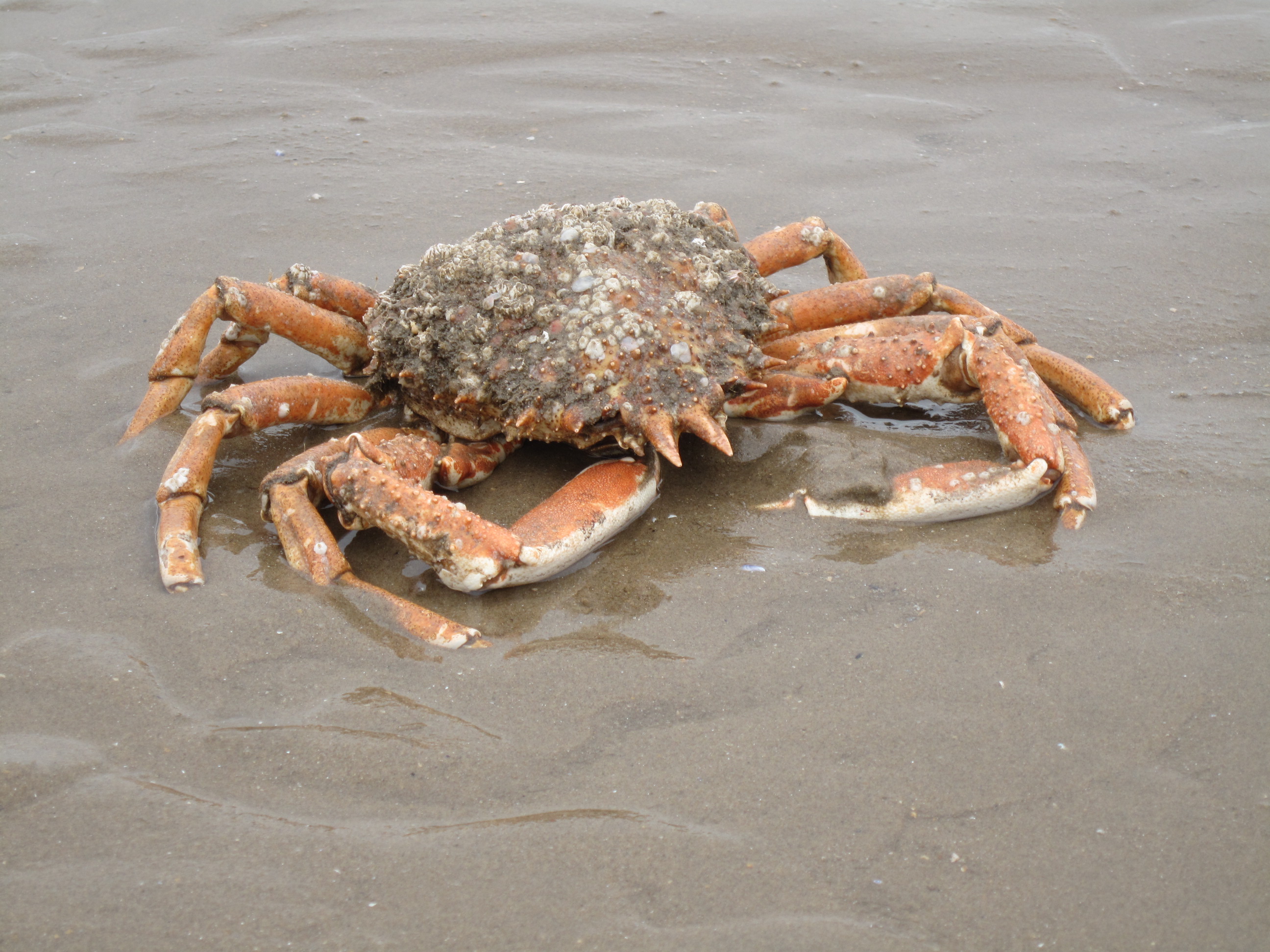
What does crab taste like
Crab meat has a soft, delicate, refined taste, which allows it to be combined with many other products. The taste of meat varies depending on which part of the crustacean this or that piece is taken from.
As it is
Crab meat is cooked or preserved. It is used in salads, soups, for making sauces. In East Asian and European cuisine, there are many recipes using this delicacy. The product is also actively used for decorating dishes. Meat goes well with eggs, parsley, tomatoes, mayonnaise and lemon juice.
How and how long to store
Store-bought frozen crab meat should be stored at -24 degrees. In vacuum packaging that retains its integrity, the product retains its properties for 6 months.
Curious facts
Since October 2016, the annual Hold the Crab festival has been held in the Far East of Russia, which attracts many tourists from all regions of our country.
Crab meat goes well with many foods.
 But there are also those whose “neighborhood” is considered undesirable. These are eggplants, pears and tangerines.
But there are also those whose “neighborhood” is considered undesirable. These are eggplants, pears and tangerines.
The roar of the ships broke the crabs’ defenses.
Man-made noise inhibits the ability of coastal crabs to color-camouflage and causes them to react more slowly to a threat. The main source of such noise at sea is ship propellers, while loud natural noise turned out to be practically harmless. The experimental results are published in Current Biology.
With the development of shipping in the ocean, the level of human-generated noise is gradually increasing. It is estimated that since the middle of the 20th century, it has been growing by about three decibels per decade and negatively affects marine animals. It is already known to cause alarm in humpback whales, and scientists also fear for mammal populations in the Arctic. Research in this area has focused mainly on vertebrates, but the impact of noise on arthropods and molluscs could potentially be just as significant.
The European shore crab can change the color of its shell depending on the environment, like octopuses and chameleons. True, unlike them, it takes not seconds, but hours and weeks to change color, but this is enough to protect against predators when living in a relatively homogeneous landscape.
Emily Carter and her colleagues at the University of Exeter have found that this adaptive camouflage ability is overwhelmed by ship engine noise. Scientists selected a group of dark crabs, divided them into three groups and settled them on an artificial white bottom, but under different conditions. In the pool of one of the three groups, the recorded noise of the propellers was played, and for the other two, the natural background of the sea was reproduced through the speakers, but for one of them it was amplified to the volume of the rumble of ships. Eight weeks later, the result was clearly noticeable: anthropogenic noise almost completely suppressed the change in pigmentation, while the natural background increased in volume had almost no effect.
Scientists attribute this to the fact that the sound background, which is different from the natural one, causes stress in crabs. The fact is that color change is a very energy-intensive process that requires a large amount of nutrients, which are not enough during stress.
In addition, the sounds of ships greatly suppressed the protective instincts. When attacked by a predator, any healthy crab tends to run away, but when simulating a bird attack on each of the three groups, it turned out that crabs living in conditions of anthropogenic noise react much more slowly to the threat, some individuals practically did not run away at all. The researchers note that the problem is not that the crabs have become deaf – in general they perceive sound, but when protecting they are guided by other senses. Stress is also to blame for poor and late decision making. The exact reason for such a different perception of noise remains to be known, this may be due to both the frequency of the sound and its character.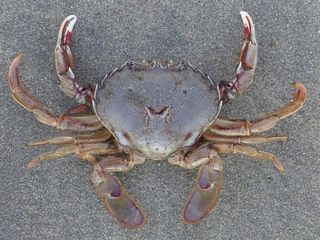

 (2023, May 29). Causes of crabs (pubic lice). News-Medical. Retrieved on June 17, 2023 from https://www.news-medical.net/health/Causes-of-crabs-(pubic-lice).aspx.
(2023, May 29). Causes of crabs (pubic lice). News-Medical. Retrieved on June 17, 2023 from https://www.news-medical.net/health/Causes-of-crabs-(pubic-lice).aspx. But there are also those whose “neighborhood” is considered undesirable. These are eggplants, pears and tangerines.
But there are also those whose “neighborhood” is considered undesirable. These are eggplants, pears and tangerines.